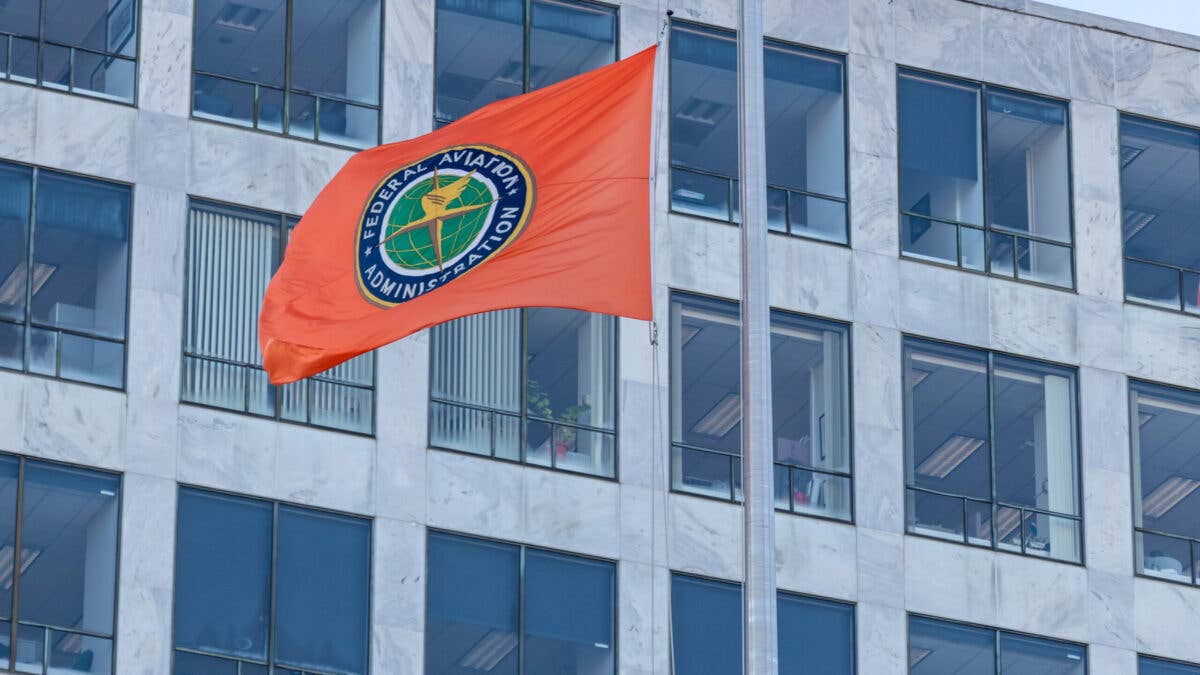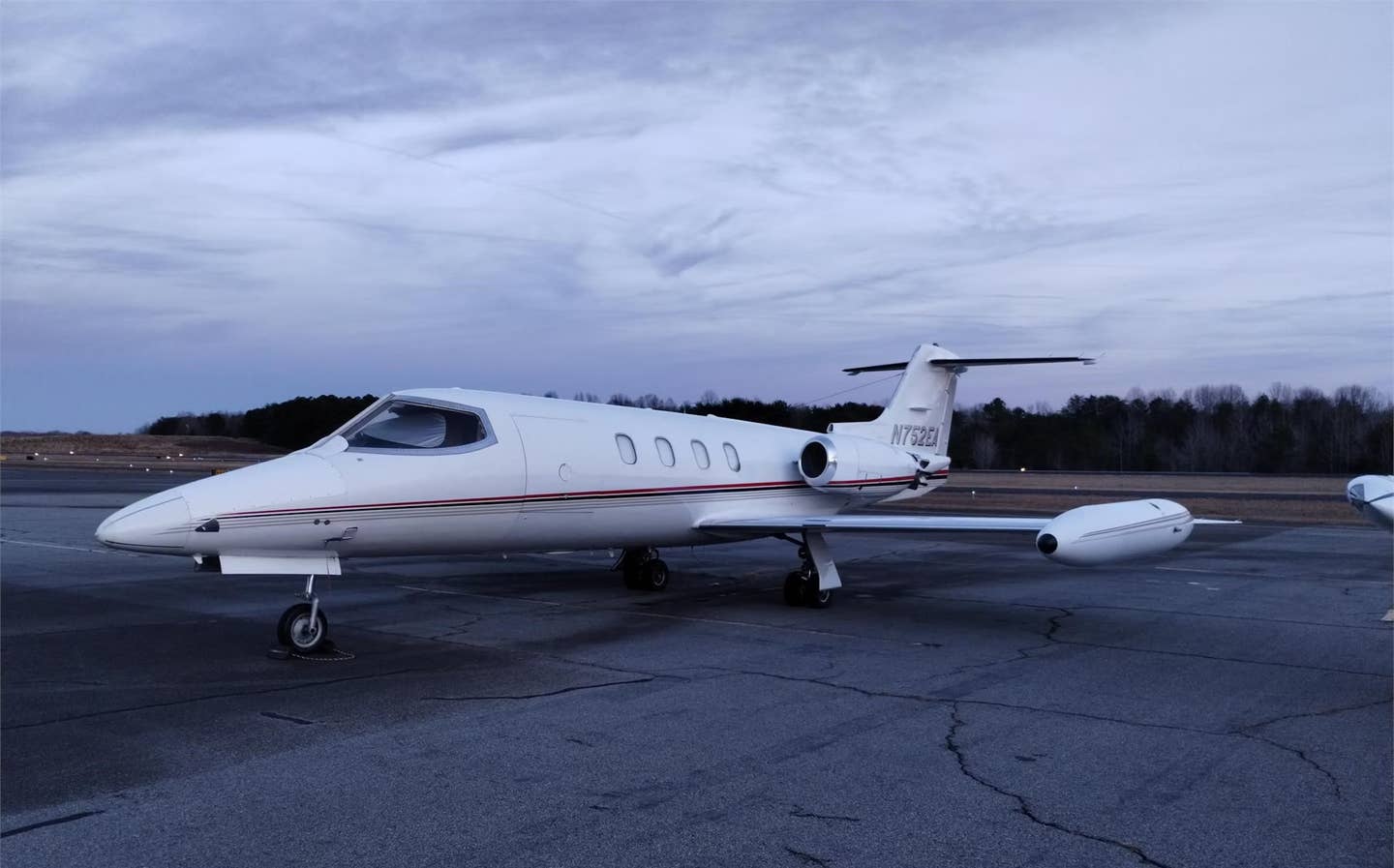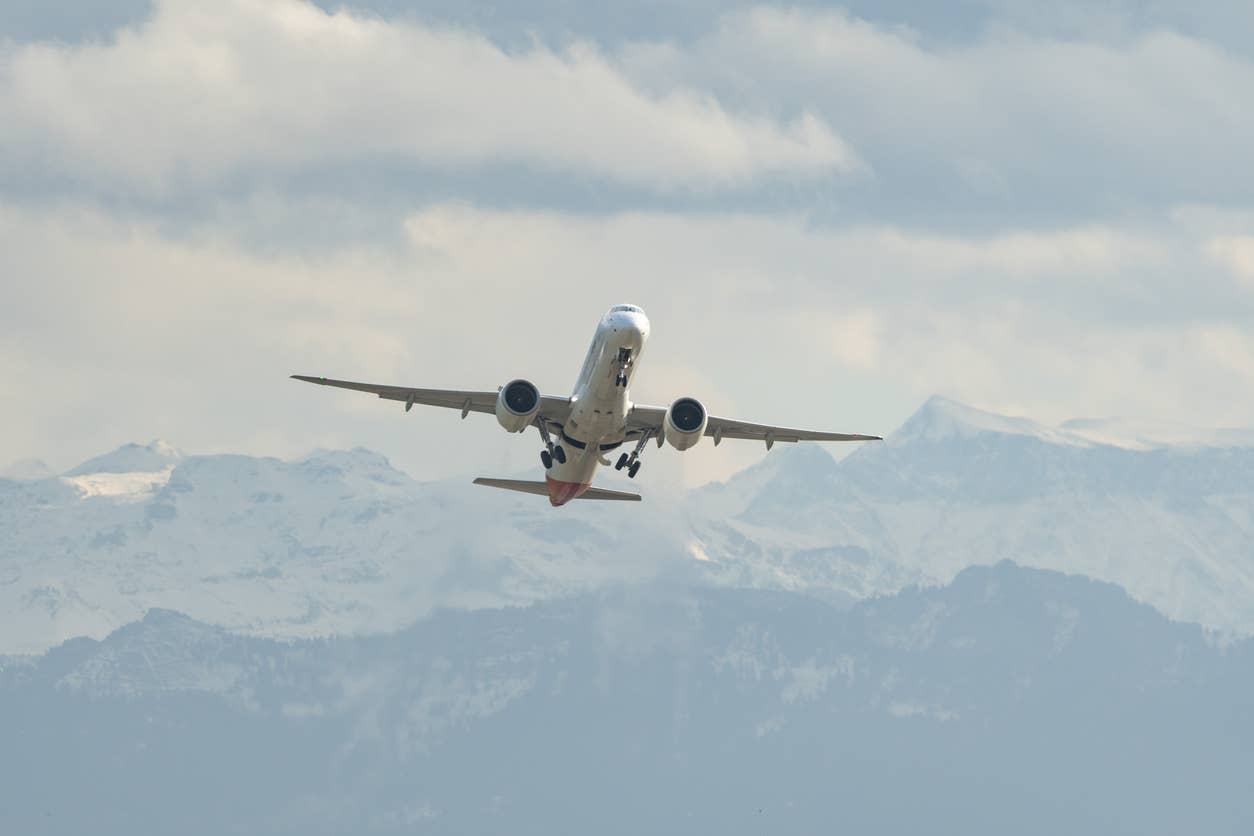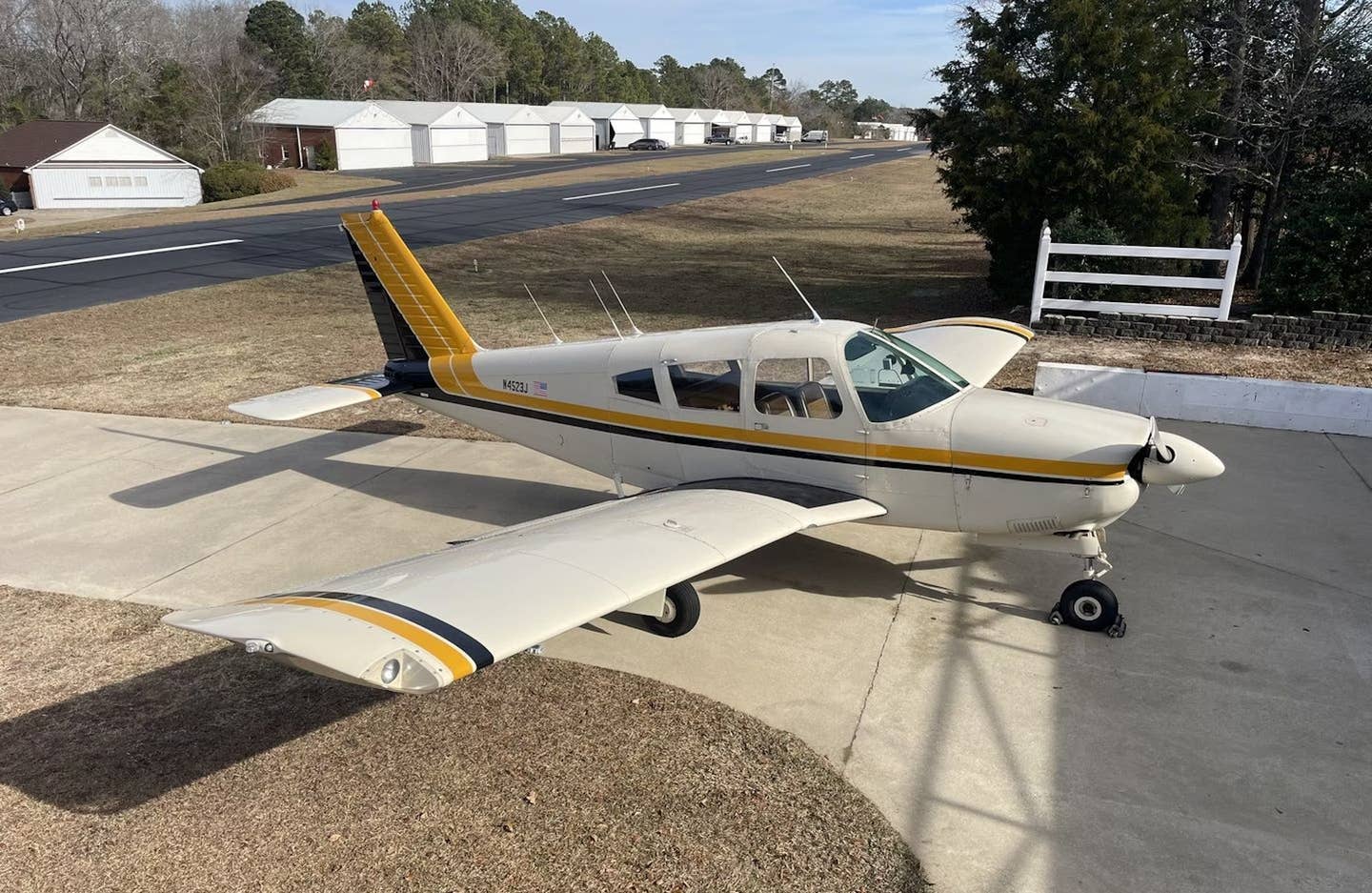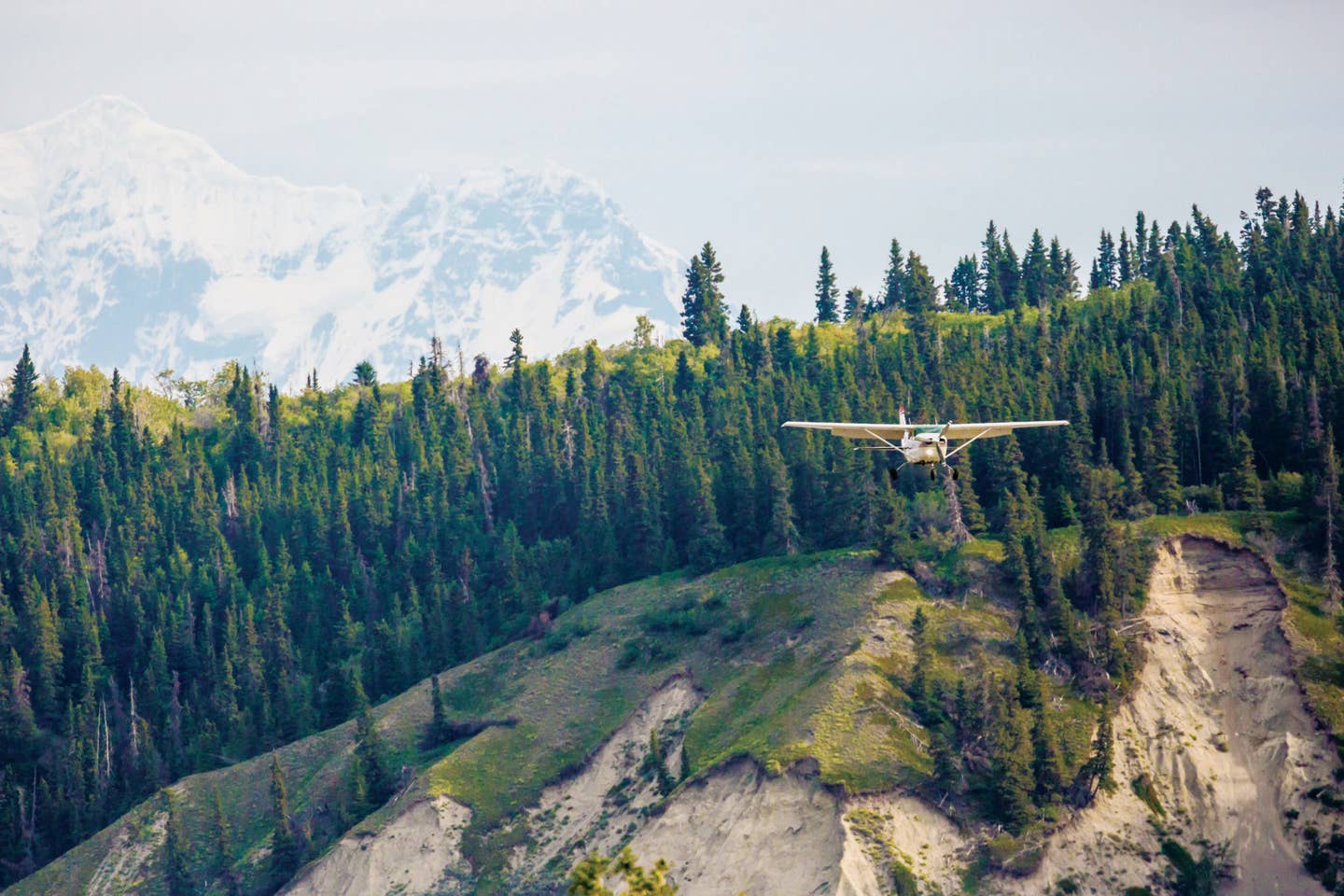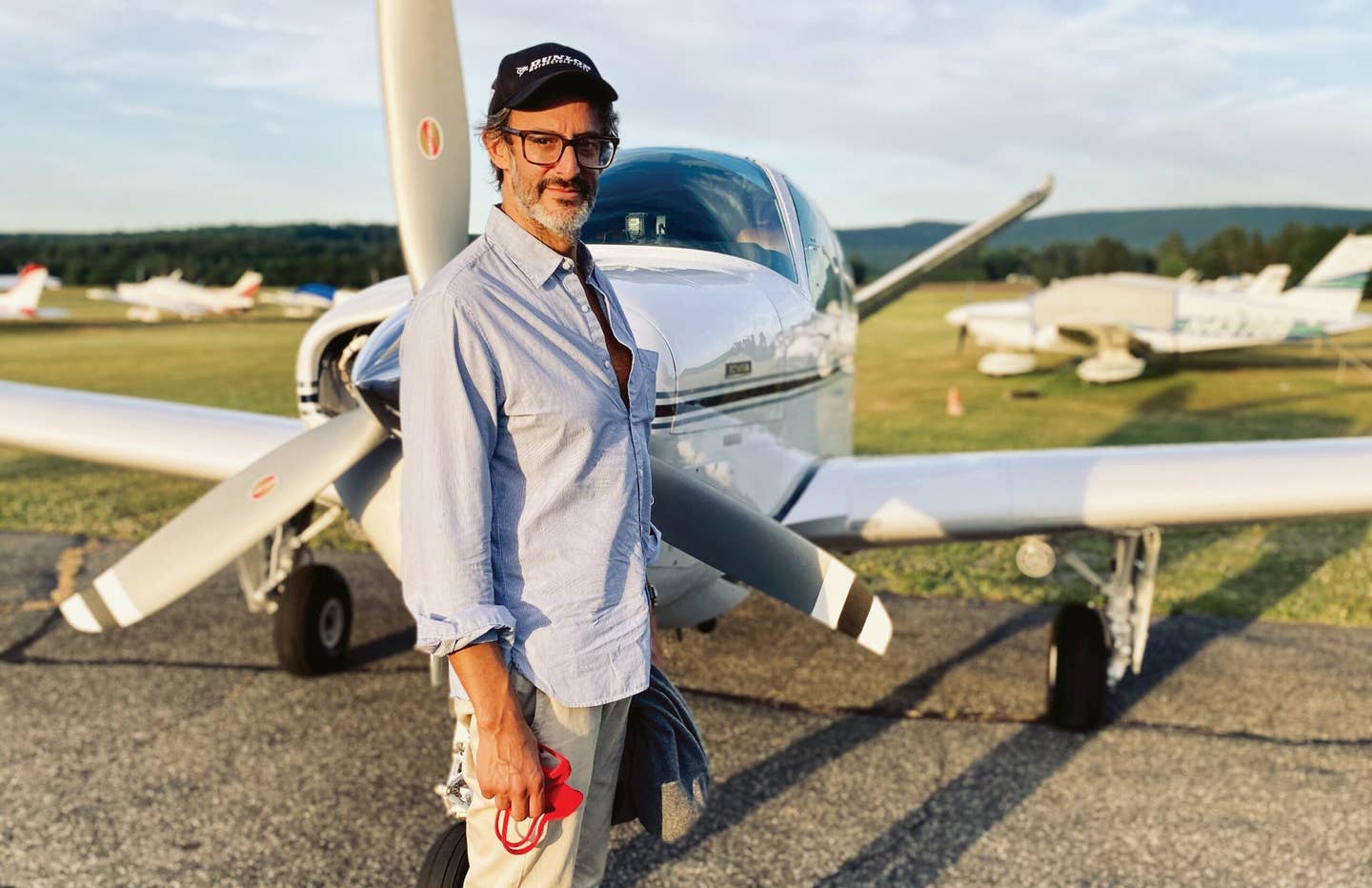
[FLYING file photo]
As a private pilot, understanding the importance of supplemental oxygen and complying with FAA oxygen requirements is crucial for ensuring the safety of you and your passengers during high-altitude flights. In this article, we'll dive into how and why aviators breathe oxygen, oxygen generator equipment types, and best practices for staying safe and alert in the cockpit.
What Are the FAA Supplemental Oxygen Requirements for Private Pilots?
You can find clear FAA oxygen requirements in 14 CFR 91.211. Here's a quick rundown:
- Pilots must use supplemental oxygen when flying above 12,500 feet msl for more than 30 minutes.
- At cabin pressure altitudes above 14,000 feet MSL, pilots must use oxygen at all times.
- For flights above 15,000 feet MSL, all occupants (not just the pilot) must be provided with supplemental oxygen.
To make it even easier, check out this quick reference table:
| Altitude (msl) | Pilot | Passengers |
| 12,500 to 14,000 ft. | Required for flights over 30 minutes | Not required |
| 14,000 to 15,000 ft. | Required at all times | Not required |
| Above 15,000 ft. | Required at all times | Required at all times |
It's important to note that these are minimum requirements. As pilot Pia Bergqvist discusses, oxygen use should be considered at lower altitudes based on individual tolerance and health factors. These considerations may include physical fitness, smoking habits, and overall health, which can affect a body's ability to cope with lower oxygen levels at altitude.
Additionally, the FAA recommends using supplemental oxygen above 5,000 feet msl at night, as the eyes require more oxygen to maintain optimal vision in the dark. So even if you're not legally required to use oxygen, it's a good idea to have it handy for those night flights.
Types of Aviation Oxygen Equipment
There are several types of oxygen machines available for general aviation aircraft. Some are integrated while others are portable. Additionally, the delivery methods—and associated comfort—can vary.
Portable Oxygen Systems
Portable systems are ideal for smaller aircraft or only occasional high-altitude flights. These compact units are easily stowed and can be quickly deployed when needed. They vary in size, with some offering only a few minutes of oxygen, and others offering up to 40 hours of reliable oxygen flow.
The technology has come a long way too. Companies like Aithre Aviation have integrated iOS apps into their systems that allow you to monitor oxygen levels and status. Most importantly, since these do not require the same certification as built-in systems, be sure to look for reliable, high-quality portable systems from reputable manufacturers.
Built-In Oxygen Systems
For frequent high-altitude flying, a built-in system may be more suitable. These permanent installations provide a continuous supply of oxygen without occupying valuable cabin space. Again, the technology has come a long way. While bottle systems are still most common, advanced systems act as oxygen generators in real-time during flight, offering an almost endless supply of oxygen.
Oxygen Masks/Cannulas
Choosing the right mask or cannula is essential for comfort and effectiveness. Options include nasal cannulas, oral-nasal masks, and quick-donning masks, each with their own advantages and limitations. While the Top Gun look is tempting, masks can be bulky and uncomfortable. Personally, I prefer a comfortable cannula for most GA situations.
Oxygen Quantity Indicators
Monitoring your oxygen supply is critical, and quantity indicators help you keep track of usage and remaining supply. Trust me, you don't want to find yourself at altitude with an empty oxygen tank. That’s one of the biggest advantages of newer oxygen generator systems—you’ll never have an empty tank.
Using Aviation Oxygen Systems Properly
Proper use of oxygen equipment is essential for maintaining safety and avoiding hypoxia. You should read up on the dangers of hypoxia to recognize all its signs and symptoms, but in general, you should:
- Begin using oxygen as soon as you reach the altitude thresholds set by the FAA or your personal limits. Don't wait until you feel symptoms of hypoxia, as your judgment may already be impaired.
- Adjust the flow rate according to altitude and manufacturer's instructions, while monitoring the oxygen quantity indicator. It's not a set-it-and-forget-it situation.
- Watch for hypoxia symptoms, such as headaches, dizziness, and confusion, and take immediate action if they occur. This often entails descending to a lower altitude and using supplemental oxygen. If you're feeling off, don't try to tough it out.
Another important consideration is what to do in the event of an in-flight medical emergency. Having supplemental oxygen available can be crucial for stabilizing a passenger until the aircraft can land and medical assistance is available.
While private pilots may not have the same resources as commercial airlines, having a basic understanding of how to use your oxygen equipment to assist a passenger in distress could make a big difference.
Stay Safe and Avoid Regulatory Risks
Understanding supplemental oxygen requirements and properly using the appropriate equipment is crucial for every private pilot.
To learn more about FAA regulations and enhance your aviation knowledge, consider enrolling in training courses offered by reputable organizations like Pilot Institute or ASA. And when choosing oxygen equipment for your aircraft, do research and select products from trusted manufacturers known for their commitment to quality and safety.
Flying is a privilege and a responsibility. Stay informed and equipped to keep you and your passengers safe (and conscious).
FAQ
What is the oxygen requirement for an unpressurized aircraft at 15,000 feet?
At 15,000 feet msl, both pilots and passengers must use supplemental oxygen at all times in an unpressurized aircraft.
At what altitude do you need oxygen?
Pilots must start using supplemental oxygen at 12,500 feet msl if the flight exceeds 30 minutes, and continuously above 14,000 feet msl. However, some pilots may need to use oxygen at lower altitudes based on individual factors, including physical fitness, smoking habits, and overall health.
What is the normal oxygen level on a plane?
The oxygen concentration in an airplane at sea level is approximately 21 percent. As altitude increases, the air pressure decreases, reducing the effective amount of oxygen available to breathe. On most commercial airlines, the pressurized cabin will have effectively the same oxygen concentration that would be experienced at an elevation of 5,000-6,000 feet when flying at 35,000 feet. In fact, the airplane’s ability to maintain this pressurization is a large factor in determining the maximum cruising altitude.

Subscribe to Our Newsletter
Get the latest FLYING stories delivered directly to your inbox

